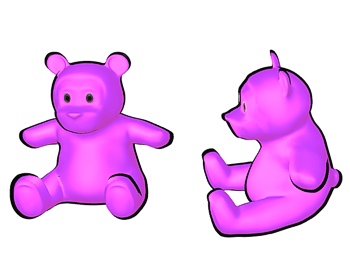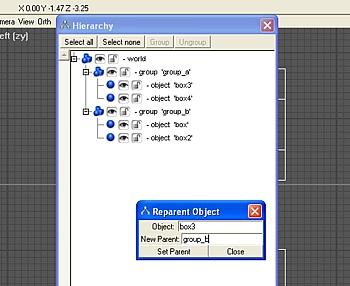According to a recent report by NPD, 42 percent of people who play games play online. Of those who do play online, 90 percent play through their PCs. Only 19 percent of the 42 percent play on a game console or portable.
That it means that nearly 60% of all gamers don’t play online at all, and an even smaller fraction play console games online–despite the fact that the retail console game market is substantially larger than the PC market. That still adds up to millions of players, but it’s small compared to the offline and single-player market.
Many people have explored different reasons for this from connectivity to ease-of-use, but in a new article on Gamasutra, Bill Fulton explores one of the less-discussed causes: The behavior of some online gamers is so abrasive–even to the point of abusive at times–that many new players would simply rather not play.
Some gamers might be thinking “If he’s so thin-skinned that he can’t take the online banter, maybe he shouldn’t play online.” Unfortunately, many people do just that — they stop playing online.
Even more gamers go online a few times and then never play again. This isn’t just my personal speculation; I have seen convincing data from two different sources that the biggest problem with online gaming is the behavior of others. The biggest problem isn’t the cost; it isn’t connectivity issues, or even the quality of the games — it is how people are f***wads online.
[…]
The online behavior of our customers is dramatically reducing our sales, and continues to stunt the growth of our industry. Non-gamers simply don’t love games enough to put up with the crap they get online.
I think most people who play online would agree that this is a problem… not just for games, but across the Internet in general as forums, instant messaging and other services are often equally plagued by griefers, net trolls and others those who’s primary source of amusement is making other people miserable. While many people use these services anyway, many people don’t, or they severely limit the online communities they participate in.
The article goes on to further suggest ways that game developers can implement game rules to discourage the anti-social behavior of the minority of players who would otherwise spoil the game for everyone.
Read the article: Fixing Online Gaming Idiocy: A Psychological Approach (WARNING: This article contains strong language.)
NPD report on online gaming: Online Gaming 2008



